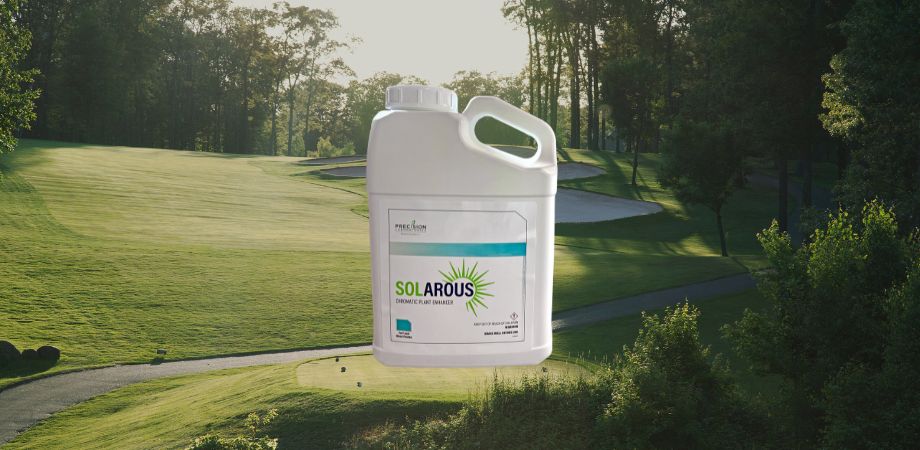With a set budget and limitless expectations from golfers, you need to maximize the performance of your fungicide applications. Below are several ways to do that.
Disease Diagnosis
First, accurate disease diagnosis is crucial to fungicide performance because it determines what product you’ll use. What you may think is poor fungicide performance could actually be poor fungicide selection. If you misdiagnose the disease in the first place, you’ll waste time and money treating the wrong problem.
Application Timing
Once you’ve accurately diagnosed the problem and selected the right fungicide, applying that product at the proper time will increase its performance. Because temperature affects how quickly fungicides deteriorate, it’s important to make applications at the labeled temperature. Use a high labeled rate at the shortest labeled interval for maximum results during high disease pressure.
Nozzle Selection
In addition to timing, application equipment has an impact on fungicide performance. For liquid formulations, it’s important to select the appropriate nozzle for your intended droplet size. If you’re spraying a contact fungicide, use a nozzle that produces smaller droplets to achieve maximum plant coverage. If you’re spraying a systemic fungicide, you can spray a larger droplet that will be able to enter the plant.
Sprayer Calibration
Another way that application equipment affects fungicide performance is the calibration of your sprayer. If you haven’t properly calibrated your sprayer, you could be spraying unevenly without even knowing it. Or you may be spraying more or less than intended. All of these consequences will reduce the effectiveness of your application. So, take the time to calibrate your sprayer for the proper application rate.
Soil pH
The pH of the soil also affects fungicide performance, so it’s important to maintain the proper acidity level in your soil. Testing allows you to determine the pH of the soil and adjust accordingly. Having the proper pH will help your disease management program both directly and indirectly. Directly, it will allow the fungicide to work as intended without pH interference. Indirectly, it will help plant health so the turfgrass can better fight disease.
Resistance Prevention
A major threat to fungicide performance is chemical resistance. Diseases build resistance to chemicals over time, but there are a couple of things you can do to maintain continued fungicide performance. First, you can rotate chemistries regularly. Keep track of the chemistries you use so you can build rotation into your program. Second, you can tank-mix chemistries with different modes of action to minimize resistance.
Adjuvants
A final way to maximize fungicide performance is by using adjuvants in your applications. Adjuvants improve the uptake of systemic fungicides to make them more effective at managing disease.
Your sales representative can help when it comes to diagnosing diseases, selecting products, and mazimixing the performance of those fungicide on your golf course.












